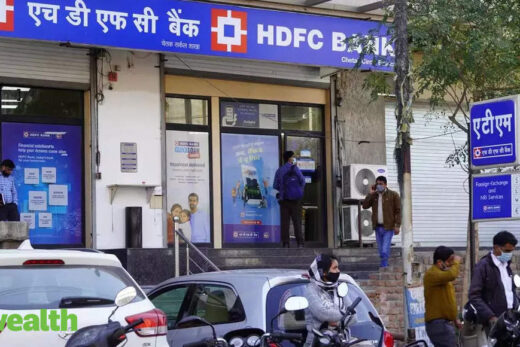Almost all sub-sectors within the banking and financial services industry have barely scratched the surface in terms of reach. But the unlocking of the true potential of this sector to reach out to crores of Indians has just kicked off with the digital transformation that is currently under way.
India has low penetration across most sub-segments of banking and financial services businesses compared with other developed countries, and this leaves us with a lot of potential for growth. India’s retail loans-to-GDP ratio stands at mere 13 per cent, whereas the same for the US stands at 76 per cent, and for the UK, at 88 per cent. The mortgage loan-to-GDP ratio of India also stands at meagre 6 per cent, compared to 77 per cent in the US and 59 per cent in the UK.
In insurance, the sum assured as a percentage to GDP for India stands at only 19 per cent, against 251 per cent for the developed countries such as US, while for Japan, it stood at 252 per cent. The mutual fund AUM to GDP ratio of India also stands at meagre 12 per cent, compared with 120 per cent for the US and 67 per cent for the UK.
Armed with smartphones and cheap data connections, Indians from every nook and corner of the country can now digitally apply, complete KYC using Aadhar and link a bank account to make use of financial products like loans, mutual funds, insurance, demat account, wealth management services, etc.
Today, financial technology companies or
companies are using technology to improve reach and delivery of financial services. When most financial products like a personal loan, mutual fund, insurance etc. are being sold by FinTech businesses, there is a conventional business behind the scene. This is made possible because of the JAM trinity, all of which is being essential to making financial services accessible to the masses of a vast and diversified nation.
Interestingly, people often intuitively relate banking and financial services with banks, NBFCs and HFCs, but in reality, it is much more than lending businesses, and diversified with many sub-sectors such as asset management companies, brokerages, wealth management, depositories, exchanges, insurance companies such as life and non-life insurance and other entities, including Rating agencies.
This is an inflection point for the businesses engaged in the banking and financial services sector. And hence, a sectoral fund like HDFC Banking & Financial Services Fund and such others, being launched in the strong belief that the sector has potential for exponential growth.
Once the banking and financial services companies manage to increase their reach using the emerging technologies, they will be able to reduce their cost of operations sharply.
(Naveen Gogia is Executive Vice President & Co-Head – Sales & Distribution, HDFC AMC. Views are his own)



